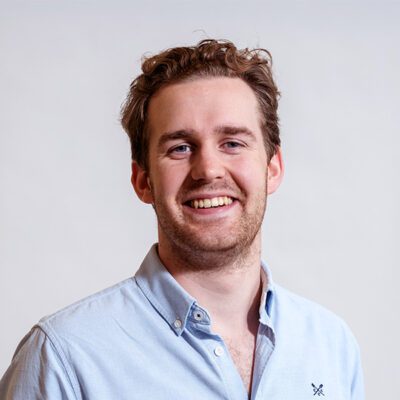
I enjoy exploring old and new technologies, materials and techniques to see how they will affect the design of my products. I particularly enjoy taking products from first concept all the way to manufacture.
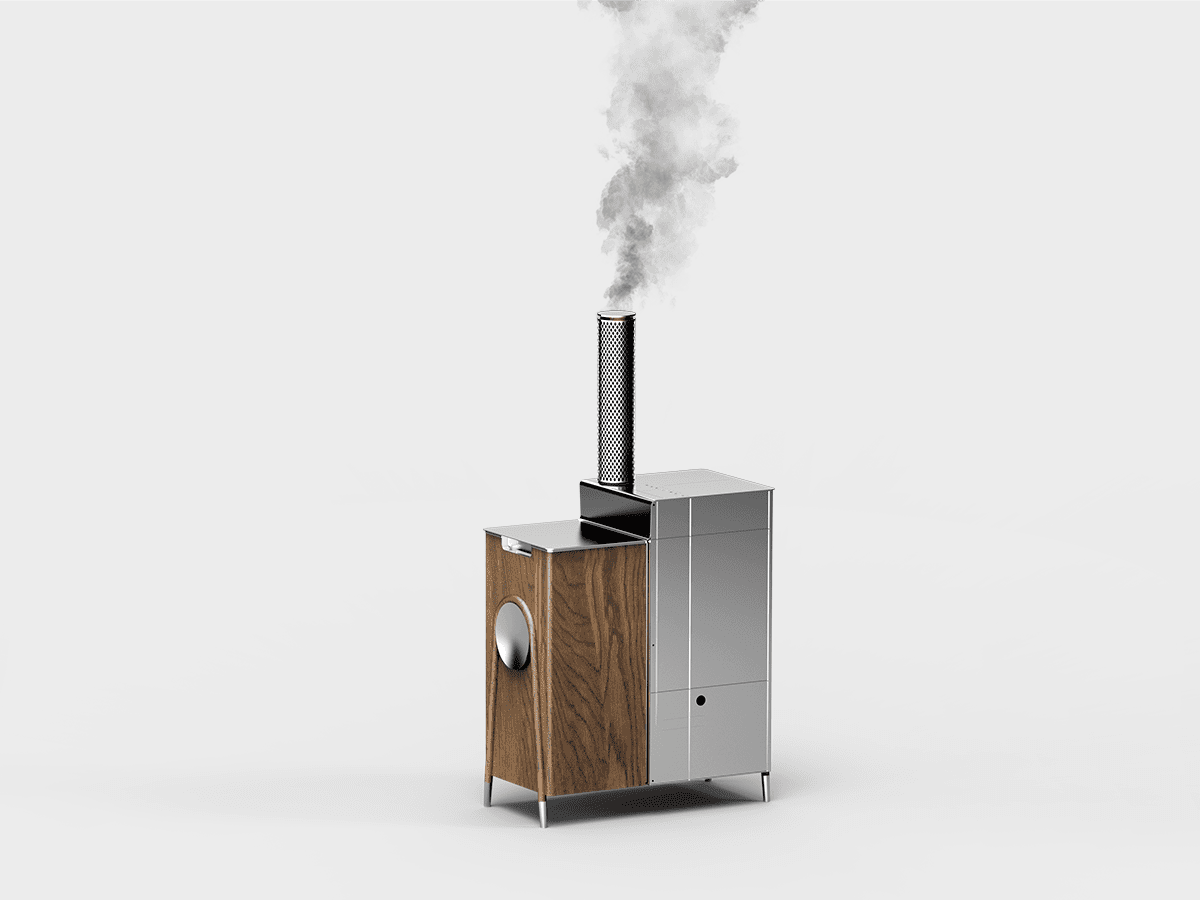
Revive.
Aims to make the process of turning food waste into methane (Biodigestion) consistent and convenient for Off-Grid Users.
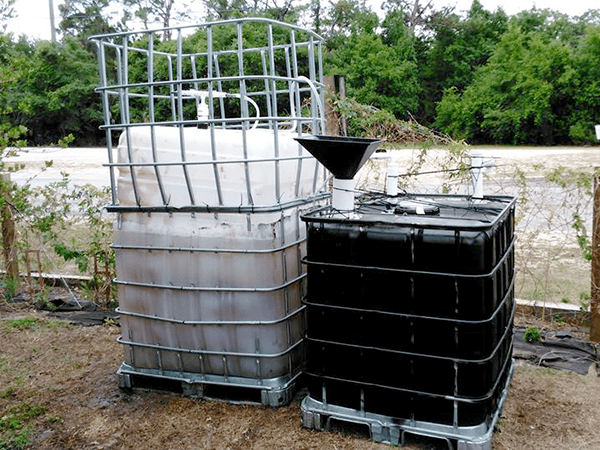
Problem Area
Rising costs and growing volumes of food waste presents a number of issues, but also opportunities.
Biodigestion is an excellent solution but has remained unattainable as a result of high entry cost for commercial systems, and the public not possessing the skill set to operate DIY Biodigesters effectively. DIY systems currently offer little in the way of design for the user as well, as can be pictured above in the popular Solarcities IBC design.
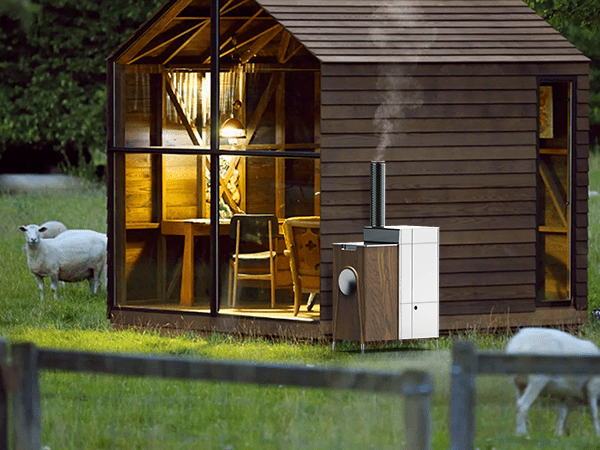
Product Proposal
Revive seeks to augment existing and new DIY systems by; collecting data about how the system is performing to provide simple step-by-step instructions to end users and also providing the technical support of a commercial system.
Revive essentially acts as the interaction and focal point between the user and the system, to address the root problems of Biodigestion for people with no prior experience/knowledge.
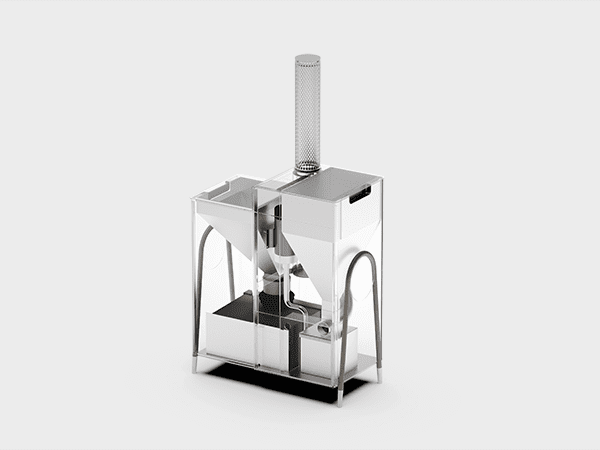
Revive meets the product proposals by; providing a User Interface that is uncomplicated and provides simple and clear instructions for when the end user may be required to intervene, and by providing Technical Support by processing the input food waste and keeping the bacteria at a steady temperature via a woodchip burning heating system.
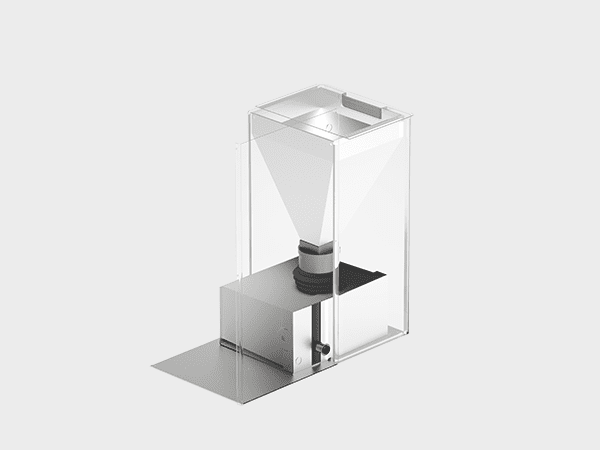
Food Waste
Existing systems produce nauseating rotten food smells around the food waste inlet. Here Revive facilitates that interaction and is designed to prevent the build-up of food waste around that area so it cannot begin to rot and smell.
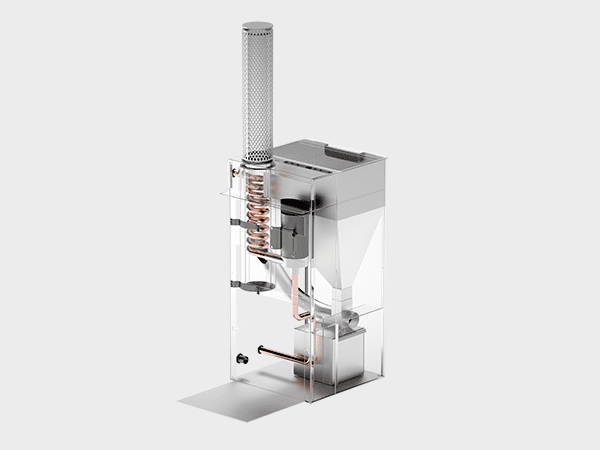
Heating
The bacteria needs to be kept warm year round and currently DIY systems do not offer that capability. Pictured above is a woodchip burner system and heat exchanger that transfers the heat produced in combustion to the digestion tank.
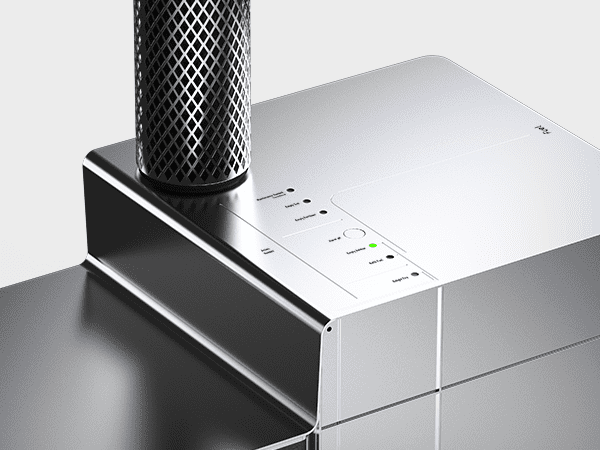
User Interface
Current DIY systems have little to no data/information for end users to know if the product is operating correctly or operating safely. This user interface aims to provide this in as simple and effective a way possible.

Aeropress Project
A joint group project testing mechanical and electronic skills in the final year. The brief was to automate the operation of an Aeropress to brew a cup of coffee.

Electronics
The electronic system was designed, components purchased, assembled and coded by the team. There was a variety of difficulties but these were overcome through a thorough debugging process. The team made use of Arduino and Arduino compatible parts for rapid assembly and debugging.
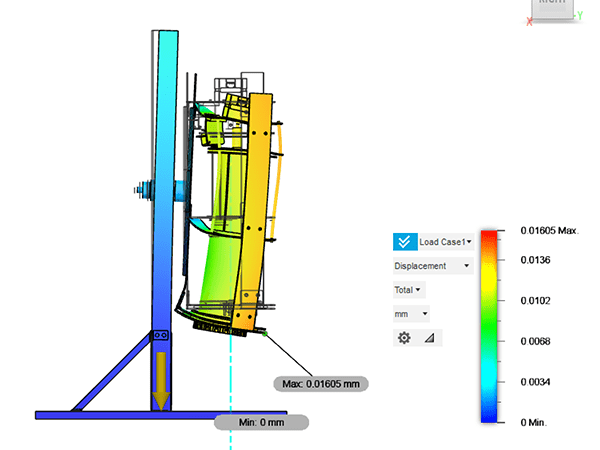
Mechanics
The mechanics focused around static and dynamic simulations using the FEA functions in Fusion360 and Solidworks. Following the checking of our numerical calculations by the CAD systems, the majority of the design was manufactured from waterjet cut and folded aluminium.
Demonstration
The design was thoroughly tested and brought to a demonstration where it succeeded to make coffee for the lecturing staff present. It was counted as a great success for the team and all the skills learnt on the module were immediately put to use on my Final Year Design Project – Revive.


Study Abroad
I spent six months at TU Delft University in The Netherlands, between my second and final year, studying transport design through the use of new research techniques and rapid modelling skills taught there. The six months culminated in two months of design work for the urban planning authority of Rotterdam, designing a new transport system for the year 2030.

Industrial Placement
Following six months in The Netherlands, I spent five months at Gaze Burvill, a fine outdoor furniture makers based in central Hampshire. Whilst I was there I learnt new CAD programs and design skills and gained a wide experience of furniture design. From construction and jointing techniques, choosing timber and learning practical skills on the machines to attending industry tradeshows and client meetings.
Visionary Thinkers
Visionary Creators
Visionary Makers